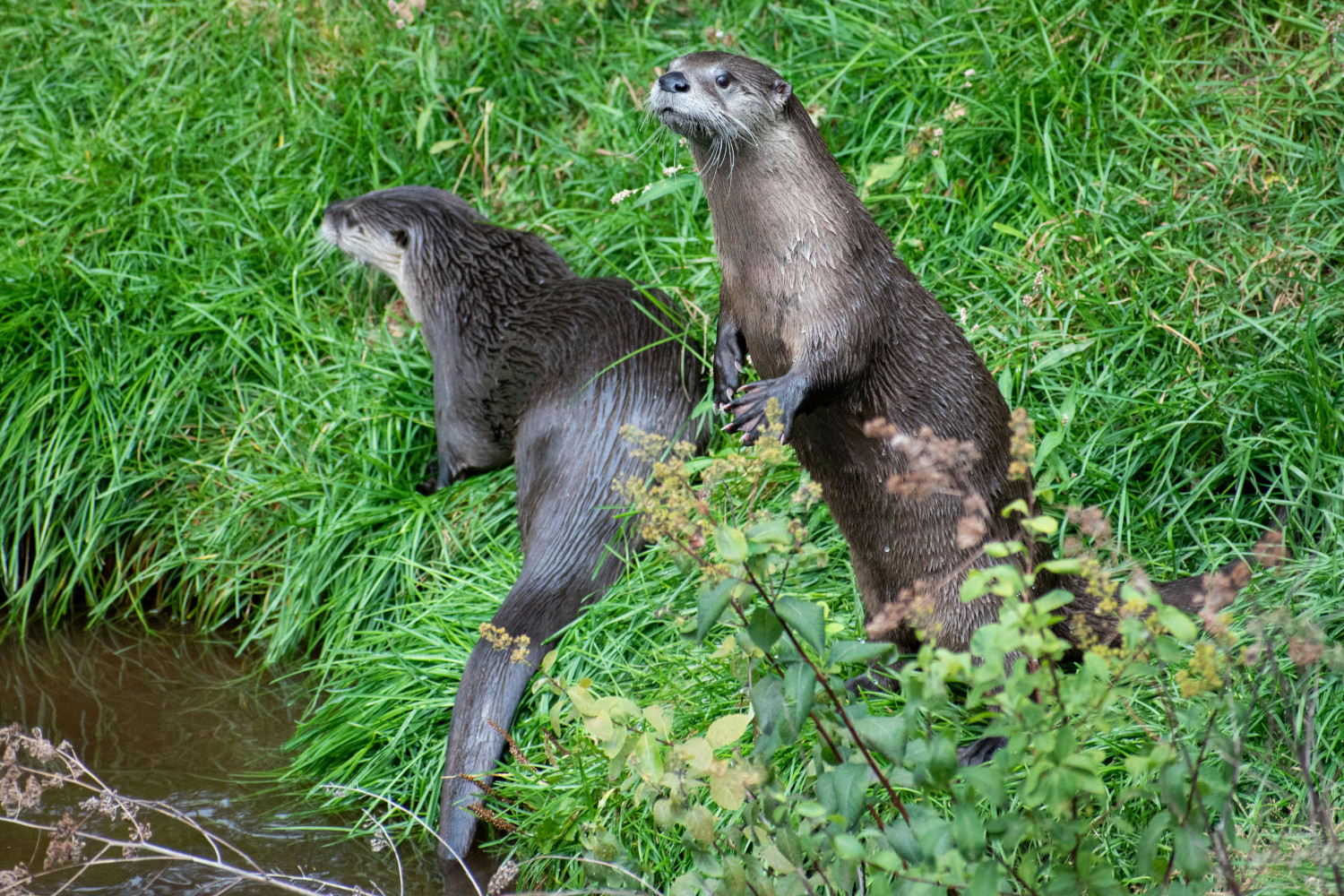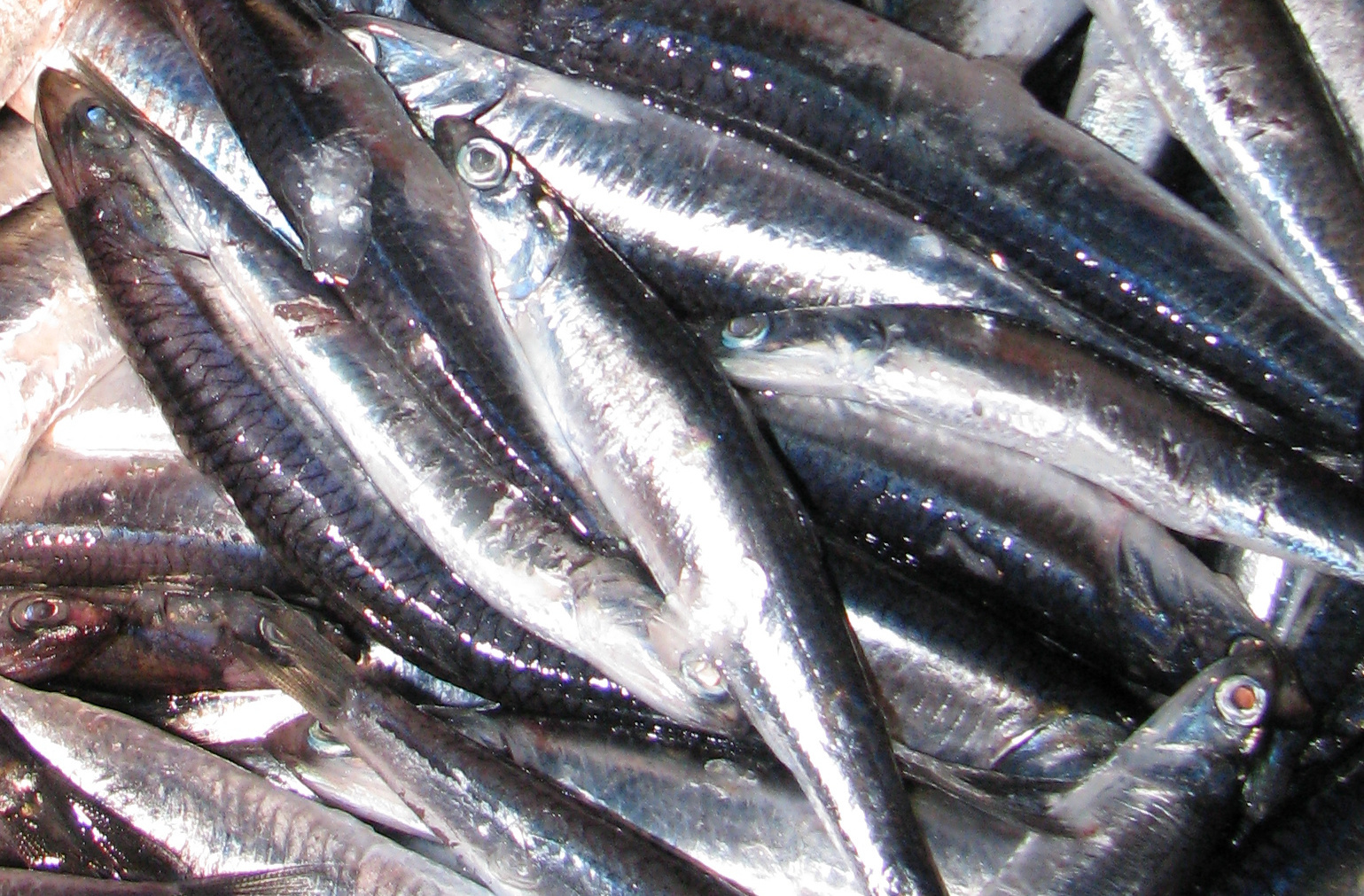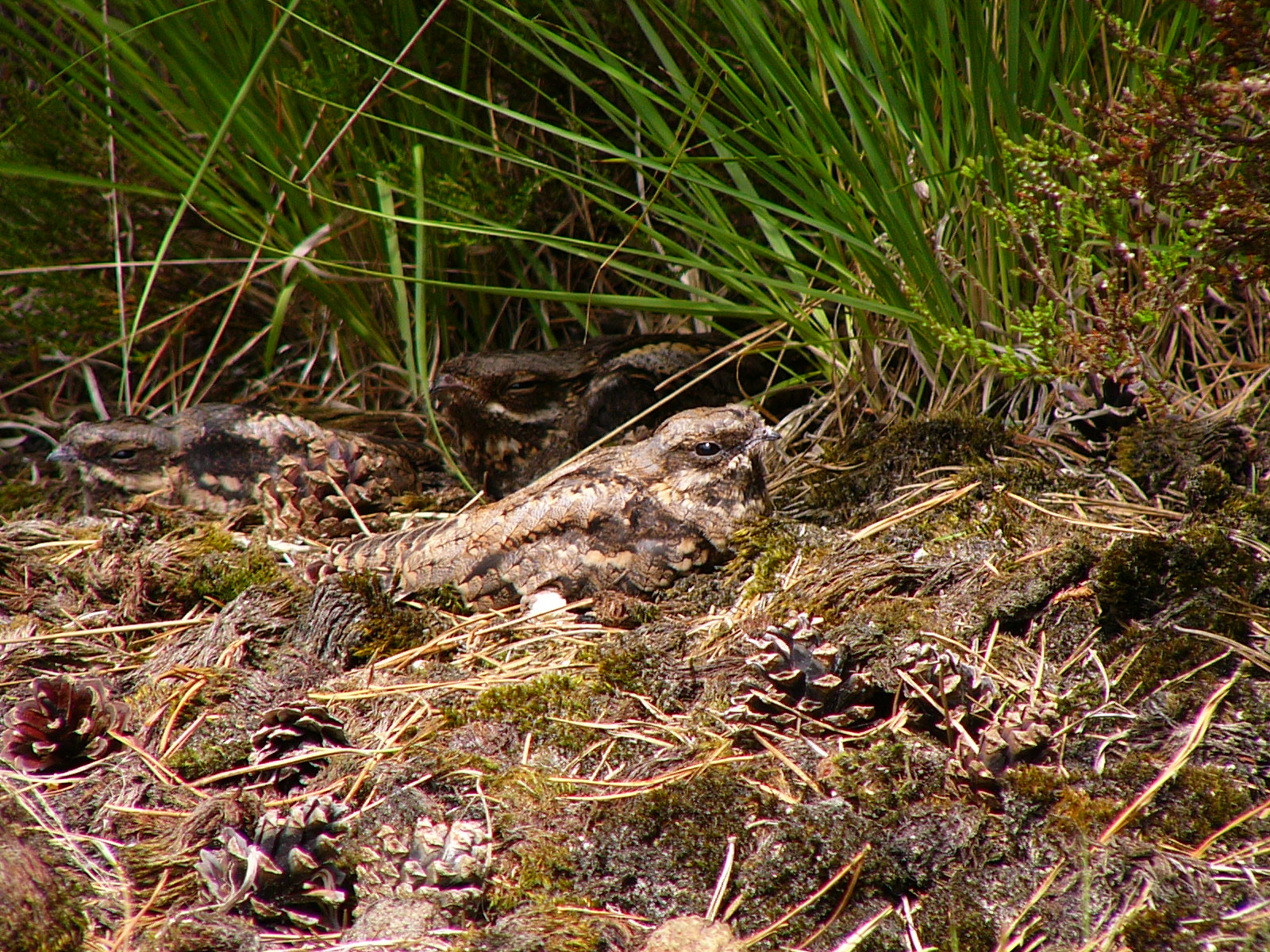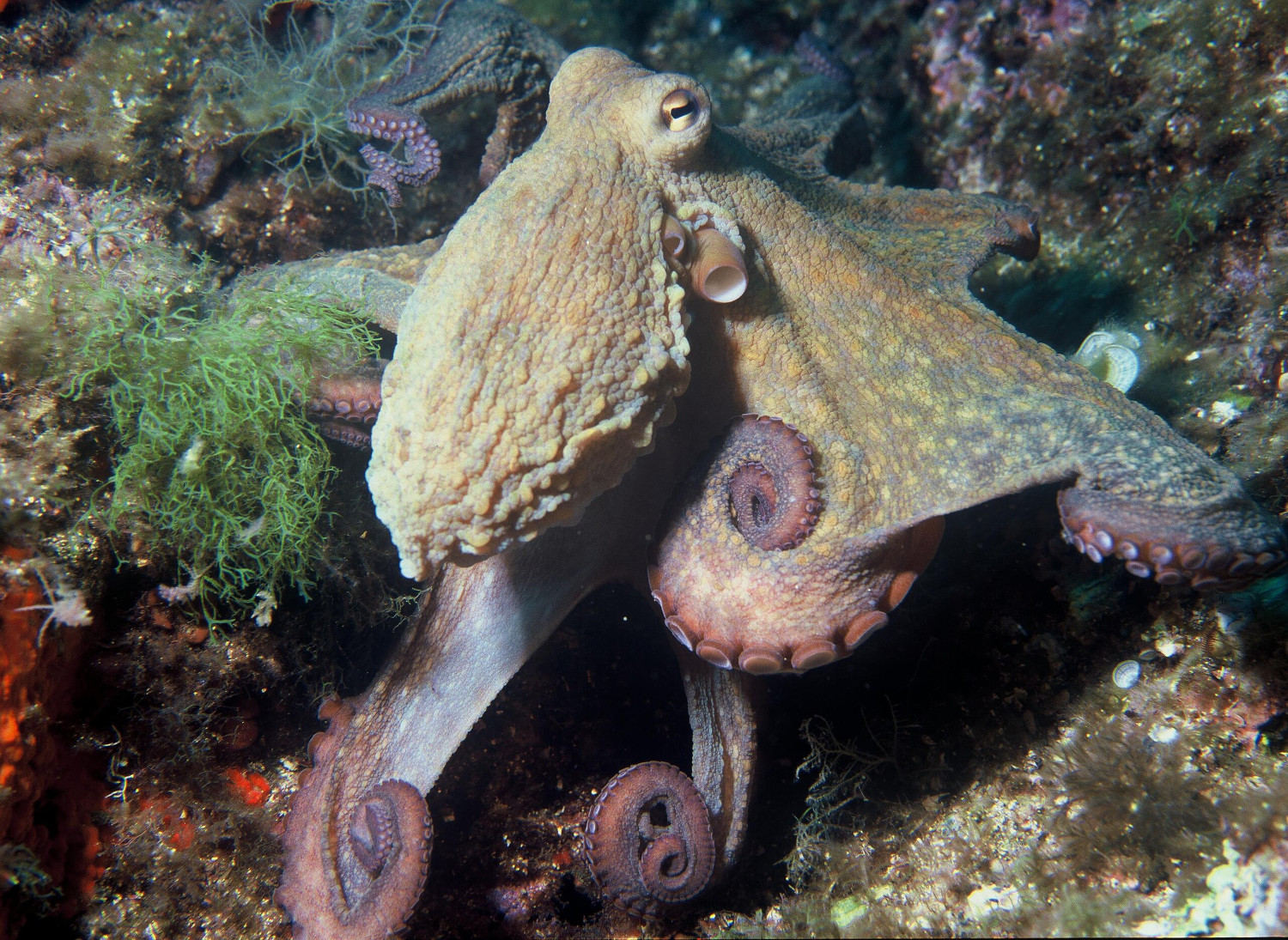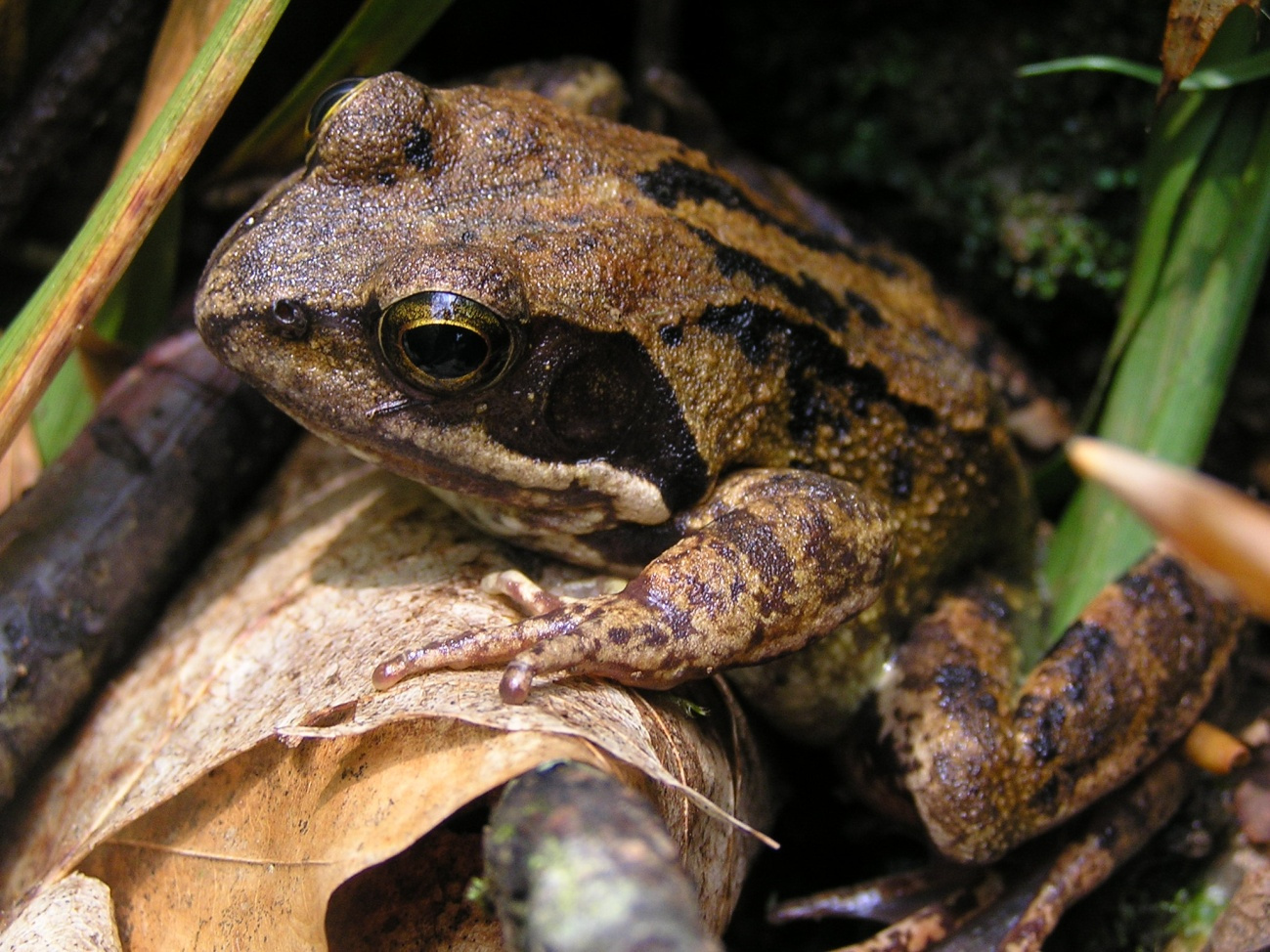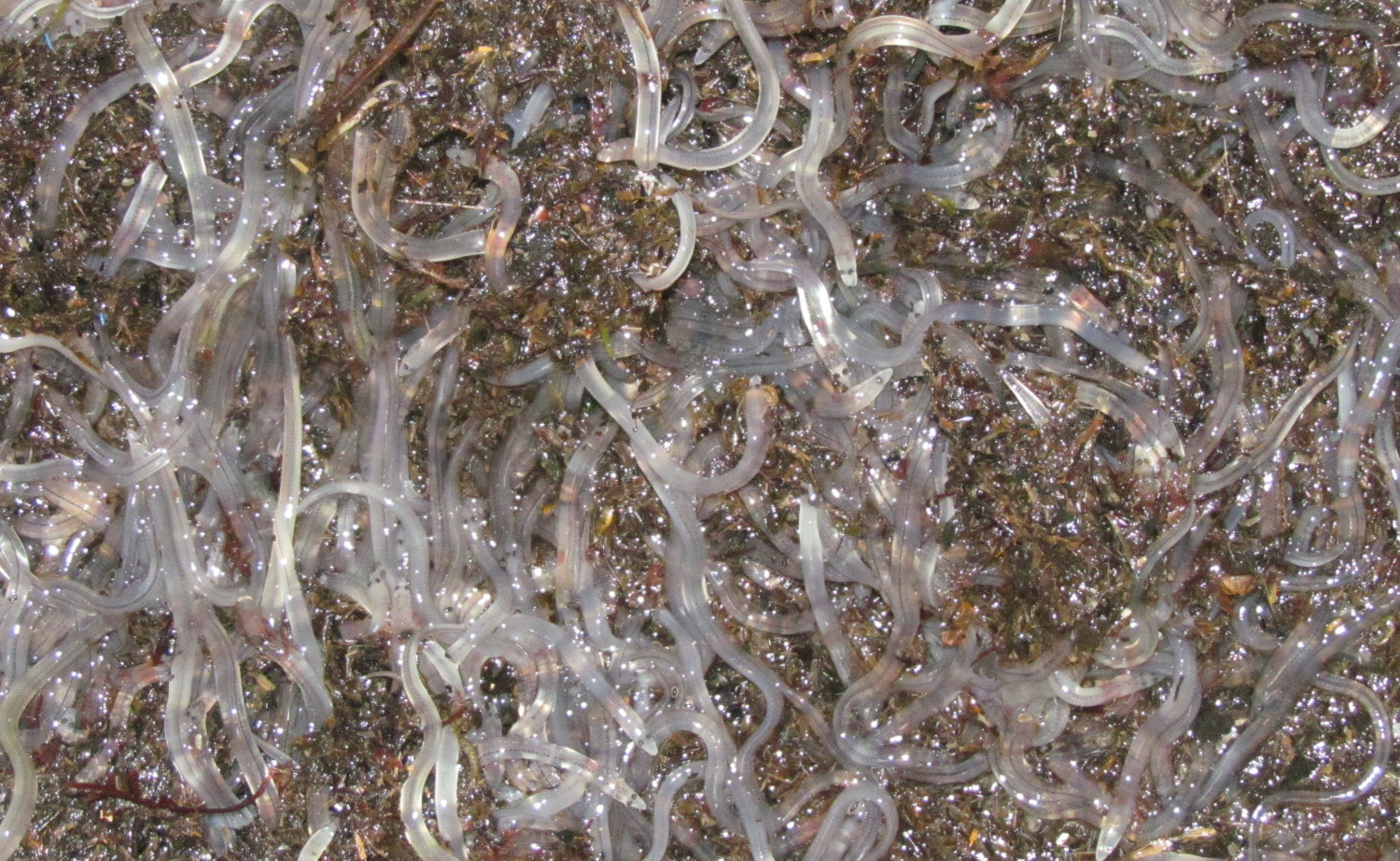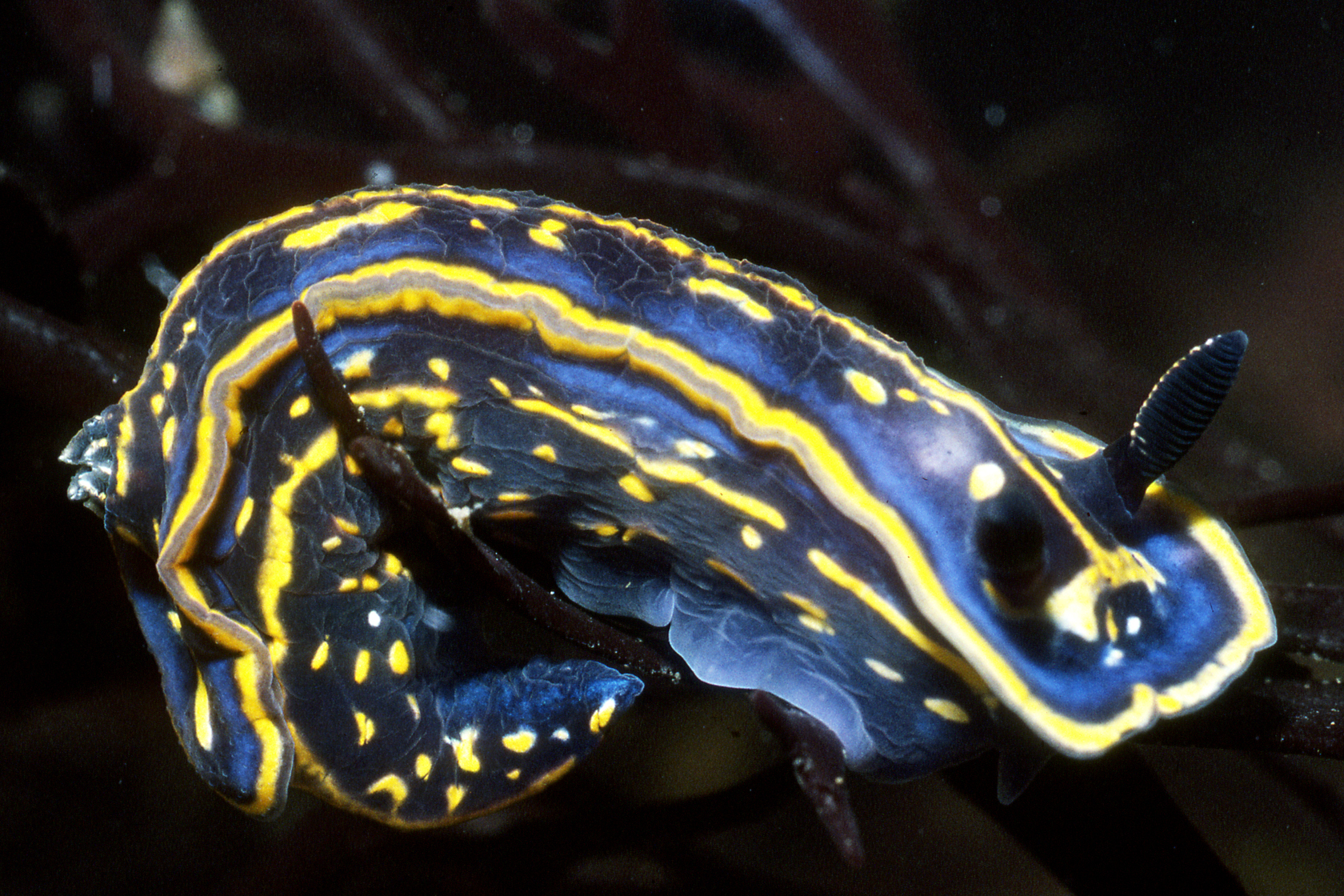The wind in the head and in the world
- We still don't have much knowledge about this very viscous animal. However, this summer it has reached fame on our beaches. In fact, when the sailing boats are south-east, these visitors increase the chances of being on the Basque coast. These invertebrates have endorsed the Basque expression “txapela burua eta ibili munduan”. It features an elegant beret that evokes the punk crests of the time, with fuchsia colors, blue or bright berries on the tops of the blown towel.

Portuguese Carabela (Physalia physalis)
Group: Invertebrate / Cnidario
Measure: Wind towel 30 cm long and 15 cm high.
Where does he live? On the high seas, on the surface of warm and temperate waters.
What do you eat? Fish, pelagic marine animal eggs and plankton.
Level of protection: It is not protected.
The Portuguese Carabela is part of its journey in open waters of the northern Atlantic Ocean and its drift relies heavily on the wind. Therefore, when the wind and sea currents passing through the North Atlantic from west to east head towards the Gulf of Bizkaia, the Carabelas approach our surroundings, especially for a few years. Once here, they find it difficult to escape and end their journey on our beaches.
In November 2022 they appeared in Galicia and in February 2023, on the coast of Gijón, all very small. They came to the Basque coast in July 2023. The number of kilometers that carabelas can travel depends on the strength and frequency of the wind. However, they are skilled and fast animals that can travel 500 kilometres a month. From the ocean waters of the North Atlantic to the Gulf of Bizkaia, they can travel more than 10,000 kilometres to our shores.
But this journey is different for each carabela. These are dimorphic beings, with two forms of carabelas: the left and the right. Consequently, each grain ends in geographic areas, as wind affects each shape by its angles. According to this dimorphism, some will end up in the Gulf of Bizkaia and others in the Canary Islands.
On the other hand, this spinal animal has another characteristic: It's not jellyfish, not even the only creature! Carabela is a symphony, a colonial hydrozoo. To ensure the survival of this colony, four types of organisms called “polyps” or “zooids” work collectively as if it were an isolated island on the high seas. Each type of zooid has its distinct obligations. On the one hand, a zooid transformed into a “veleta” that allows the colony to be kept on the surface of the water and travel on the high seas for food (“pneumoforo”). But how does the eye-catching balloon that works on the surface as a fluff fill up with gas? These tire forums, thanks to the gas glands developed from the surface cells, fill the veil with carbon monoxide. Thus, they have the ability to erect their crest and generate small contractions, among others, to adapt to currents or keep the body always moist.
On the other hand, there is a zooid (“dactilozoid”) that will hunt prey to feed the colony, equipped with urticating cells, called “nematocysts”, which will be used for hunting and defence. These tentacles are dark blue and curly, with a length of 50 meters. Many fish and organisms that come into contact with these carabella tentacles are immobilized and die. Then, the destruction of these dams and the distribution of food to the whole colony remains in the hands of a transparent digestion zooid (“gastrozoid”). The fourth zooid forming the Portuguese Carabela deals with reproduction (“gonozoid”): in each colony there are approximately 10 gonoforums. They are “dyoicos” organisms, in which male and female colonies are distinguished, but it has not yet been possible to determine whether there is periodicity for sexual reproduction.
For this colony to advance in life, collaboration between the four bodies that are part of it is essential. By distributing the functions, all of them are essential to respond to the needs and difficulties of the community. Nature has shown us once again that we have a lot to learn from it.
Itsasoan badira landareen itxura izan arren animalia harrapari diren izaki eder batzuk: anemonak. Kantauri itsasoan hainbat anemona espezie ditugun arren, bada bat, guztien artean bereziki erraz atzemateko aukera eskaintzen diguna: itsas-tomatea.
Ugaztunei eskainitako azken artikuluaren amaierako hitzak hurrengo animalia aurkezteko aitzakia paregabea dira. Bertan esaten genuen muturluzeak erreka “garbi eta txukunak” behar dituela, kutsadurarik gabeak baina elementu natural anitzekin. Animalia txiki horren... [+]
Antxoa, bokarta edo albokartia, gure arrain komertzialen artean txikiena, euskal kostaldera hurbildu da.
Katalanen ustetan artzainak engainatzen omen ditu hegazti honek: “enganyapastors”. Espainiar eta latindarrek, aldiz, ahuntzari esnea kentzen diola diote, hortik datorkio hain zuzen ere izen zientifikoan (Caprimulgus europaeus) islatzen den caprimulgus (capra... [+]
Leihatila honetan behin baino gehiagotan azaldu ditugu Ama Naturaren engainuak bere izakiak babestearren. Batzuetan, erle edo liztor itxura zuten euliak ekarri ditugu, beste batzuetan inongo arriskurik ez duten arrisku-kolorazioko intsektuak ere bai (kolorazio aposematikoa... [+]
Nekazal eremu lehor baten erdian ageri da putzua. Txikia da tamainaz, eta ez oso sakona. Egunak dira euririk egiten ez duela, baina oasi txiki honek oraindik ere aurretik bildutako urari eusten dio. Gauak eremua irentsi du eta isiltasunaren erdian kantu bakarti bat entzun da... [+]









